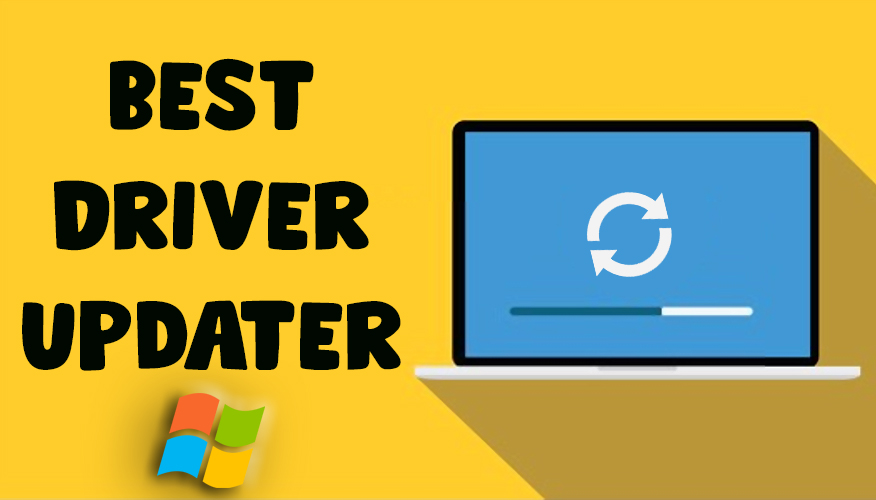The Ultimate Best Practice Guide to Buying and Using HR Software
The HR departments of companies are continuously faced with the challenge of improving several aspects of their services. These areas include employee management capabilities, time-management skills, and recruitment strategies. One of the responsibilities that HR departments bear is to adhere to the industry and government regulations that are typically dynamic. Here know the Ultimate Best Practice Guide to Buying and Using HR Software.
Through impressive recruitment and morale, the department is also expected to enhance the business goals and outcomes. Besides, there are several challenges in areas such as foreign transactions and remote workforce that organizations can anticipate as they globalize their business. Companies of different sizes are beginning to see the importance of implementing HR software in promoting success by automating the business process.

According to a study, almost half (43%) of SMEs in the UK use HR software. However, several considerations need to be carefully made before a company should decide the HR software that best suits their operations.
Software companies need to clearly define their objectives before deciding on the software version to minimize issues with the solution implemented. HR departments typically face several challenges such as meeting the needs, fostering cultural diversity, encouraging older workers to work past retirement age, and replacing them with new employees which will require training.
To prevent lots of transitional problems, HR directors need to buy systems that are just as advanced as their needs. You’re better off going with a vendor with the right experience, priorities, and mindset and the next section will highlight the points to consider to achieve this.
Key Factors to Consider Before Choosing the Best HR Software to Buy
Before buying HR software, companies need to first understand their strategic priorities, then evaluate the vendors, and then plan their HR implementation. Businesses also need to implement the project before they can finally go live with it. HR departments are bound to eliminate complications by doing all that in order, and carrying the workforce along on each step.
Strategic Business Priorities
Before even deciding on which HR tech to deploy, you need to define your strategic priorities for your business. If you manage or direct the activities in a small- or medium-sized business, then you may need to buy top-of-the-line HR software as many other ones would fulfill your basic needs at a more cost-effective rate. Global enterprises, on the other hand, would benefit best from robust software that will expand their reach and encourage collaboration on projects.
To determine the strategic business priorities, HR directors need to define the expectations that stakeholders or decision-makers have for the organization. They also need to decide if they will need to make promises to these stakeholders and at what intervals will the goals get achieved.
That way, they can manage expectations and track their progress properly. With the changes in the world taking place since the last year, HR departments will also have to determine if they will need to allow mobile access, remote work, and flexible shifts to simplify the work processes. They will also need to consider how we’ll their staff will handle a hands-on aspect of performance management and recruiting.
Selecting an HR Software Vendor
Before choosing a vendor, your HR leadership will need to access the available service providers and determine whether they are selling a legacy or a ‘multi-tenant SaaS’ system. Next, you’ll decide whether buying or building the system works best for you.
You should note that your team will require expertise to build it while basically anyone can be trained to operate the HR software. It’s also important to check if the vendor provides well-established customer groups and whether their system is mobile-friendly.
Besides, you need to know if the vendor can be trusted to provide reliable service consistently, by accessing their level of interest in your business. You should also check how configurable their system is and how willing they are to make necessary adjustments. Before buying the HR software from the vendor, you’ll need to review the accessibility of their management information.
Strategizing the Implementation of the HR Software
Depending on the HR software you’ve selected, your implementation process will be specific and it requires planning. First, you’ll need to determine your current HR function and identify the lead for the transition project.
Based on your company’s needs and size, you will have to determine if single or multiple interfaces work best for it. Part of the planning procedure will involve defining roles for the stakeholders in the transition and carrying out recommended practices to minimize risks.
Incorporating the HR Software and Going Live Without Issues
The process of integrating the project should happen separate from the HR department and the staff are better off assuming expanded roles during the process. Besides, people from all separate arms of the company should be involved in the implementation of the project.
Regardless of how impressive the strategy is, you should anticipate system failures. All you need to do is increase your workload gradually to minimize the risk of them happening. Also, you should ensure that you demonstrate value while incorporating the software.
To minimise the disruptions while going live with the project, you can encourage proper communication on the transition and deciding the optimal time for it.


